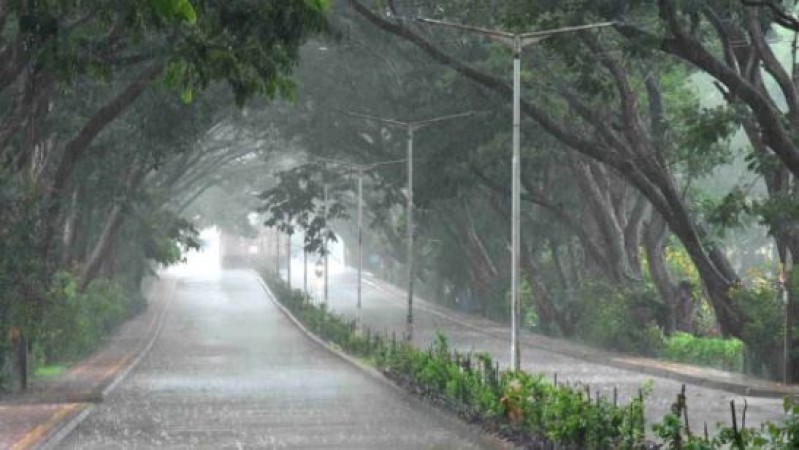
Monsoon word is derived from the Arabic word Mawsim. The seasonal reversal in the wind direction during the year is called Monsoon. One of the most well-known monsoon systems in the world is the Indian monsoon. The range and volume of India’s annual rainfall serve to illustrate it. The Indian subcontinent and the nearby sea bodies of the Arabian Sea, the Bay of Bengal, and the Indian Ocean are all affected.
Monsoon winds blow from cold to warm regions. The summer monsoon and the winter monsoon determine the climate.
The southwest Monsoon is relatively heavy rainfall. It usually happens between June to September. The most effective rainy season on Earth is the southwest summer monsoon, four months when enormous convective thunderstorms dominate India's weather.
Over 80% of India's yearly rainfall is provided by monsoonal torrents, which are the result of southeast trade winds that originate from a high-pressure mass situated over the southern Indian Ocean.
The mass is drawn to a low-pressure area over South Asia, which produces surface winds that bring humid air from the southwest into India. These floods are ultimately caused by a local jet stream shift to the north, which is brought on by increasing summertime temperatures over Tibet and the Indian subcontinent. Warm, humid air is then drawn into the gap formed by the jet stream as it changes its course from one that tracks just south of the Himalayas to one that tracks north of Tibet.
Also Read:Place To Visit During Monsoon In india
The significant summertime temperature differential between Central Asia and the Indian Ocean is the primary cause of this change. This is accompanied by the intertropical convergence zone (ITCZ), a low-pressure area with extremely unpredictable weather that is typically equatorial, making a seasonal excursion northward towards India.
The northeast monsoon is caused by high-pressure cells over the Tibetan and Siberian Plateaus. The northeast monsoon winds bring rainfall to the southeast coast of the country Tamil Nadu coast as well as Seemandhra’s south coast. Formation as well as strength of high-pressure cells over Tibetan and Siberian Plateaus in winters. Migration of Inter-tropical convergence zone (ITCZ), to the south of India. High-pressure cells in the southern Indian Ocean migrated to the west and then weakened.
Good monsoons are correlated with a growing economy in India because the country's agriculture sector employs 600 million people and accounts for 20% of the country's GDP. Droughts caused by weak or ineffective monsoons (which cause extensive agricultural losses) significantly impede global economic growth. However, these rains can lower temperatures and Refill Rivers and groundwater supplies.
Also Read:Monsoon Beauty Hacks: 7 Tips for Achieving Flawless, Healthy Skin
These monsoon winds bind the whole country by providing water to set agricultural activities in motion.
According to India Meteorological Department’s senior scientist, monsoons have reached 80% of India. Monsoon had reached parts of India rapidly due to low-pressure areas occurring in the Bay of Bengal.
Also Read:Eating Right in the Rain: Healthy Food Choices for Monsoon Season